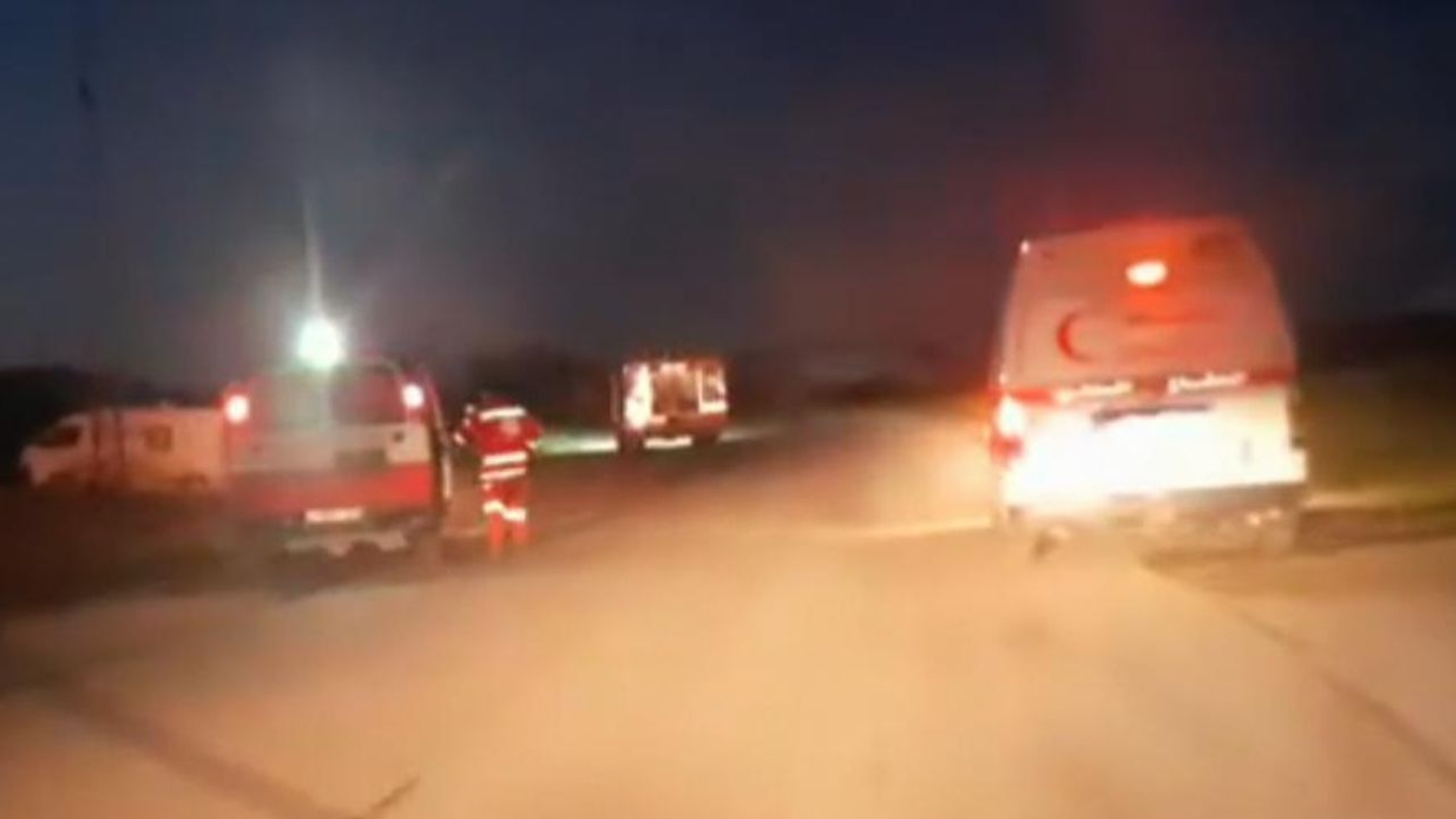What Happened: U.S. and Israel Launch Direct Attacks
Iran nuclear damage escalated on June 22, 2025, when U.S. and Israeli forces struck key nuclear sites at Fordo, Natanz, and Isfahan. President Donald Trump stated the targets were “obliterated,” while the Defense Intelligence Agency (DIA) called the strikes highly damaging but not total.
Satellite imagery confirms widespread destruction. The IAEA (International Atomic Energy Agency) reports that all three locations suffered “extensive damage.”
Iran’s Centrifuges: Likely Destroyed
Centrifuges are crucial for enriching uranium. According to IAEA Director General Rafael Grossi, centrifuges at Fordo are no longer operational, and nearly all at Natanz have been destroyed.
IAEA also confirms that Isfahan’s uranium conversion and metal production plants were hit hard, crippling other parts of Iran’s nuclear infrastructure.
Where Is the Uranium?
While facilities were struck, it’s unclear if Iran moved its highly enriched uranium beforehand. Satellite images showed trucks and bulldozers at Fordo days before the strikes, sparking speculation.
Some U.S. intelligence sources believe enriched uranium was relocated, though the DIA labels its assessment as “low confidence.” Iran has historically threatened to hide its uranium stockpile if under threat.
Trump vs. Intelligence Agencies
Trump and the White House dismissed intelligence doubts, saying the bunker-buster bombs used were too powerful for anything to survive. He claimed the trucks seen were used to seal ventilation shafts with concrete, not to remove uranium.
Gen. Dan Caine confirmed U.S. bombs hit the main shafts at Fordo, breaking through any coverings.
Experts Disagree on the Fallout
The DIA believes Iran’s nuclear progress may have only been delayed by a few months. But Israeli officials claim the program was set back by years.
Meanwhile, Iran says the strikes were exaggerated and denies that its nuclear program was aimed at weapons production.
IAEA Monitoring on Hold
Due to security concerns, IAEA inspectors are currently unable to enter the sites. But Grossi confirmed serious internal damage is expected due to the sensitivity of the centrifuges to shock and vibration.
Further assessments will be needed to understand the full scale of disruption.
Source: AP News





